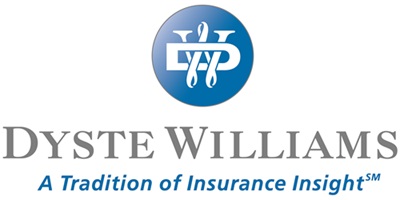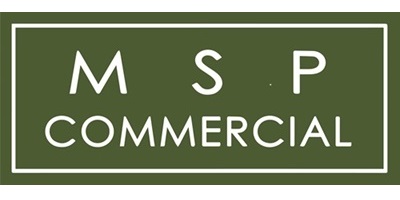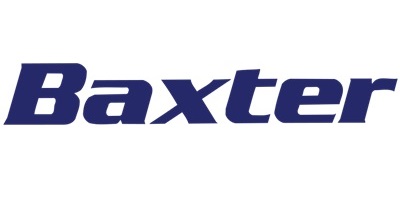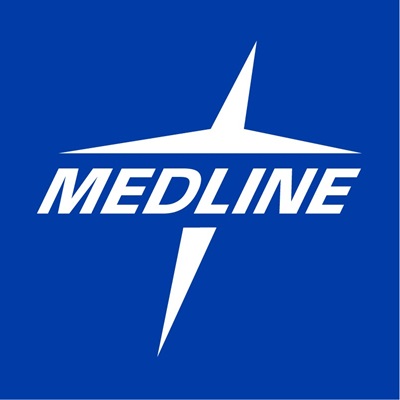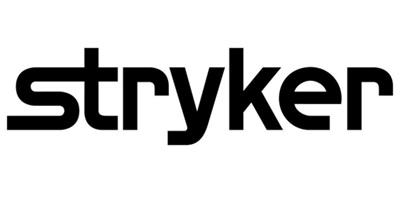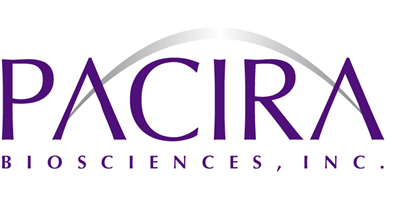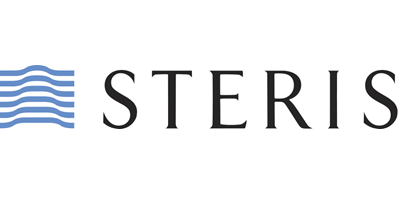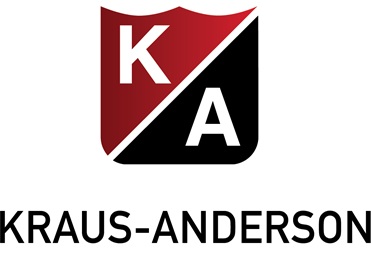- Home
- About Us
- Learning & Events
- Advocacy
- Focus on New Laws
- Resources
- Sponsors
- Contact Us
IV FLUID SHORTAGE UPDATESMany healthcare providers are facing significant challenges due to the ongoing IV fluid shortage caused by Hurricane Helene's impact on Baxter International's North Carolina manufacturing facility. This facility produces about 60% of the IV fluids used in U.S. healthcare facilities, and its temporary closure has led to supply disruptions across the country.Check out the latest updates from Baxter on clean up and remediation efforts. In Minnesota, many providers are implementing conservation measures to preserve their IV fluid supplies. Some facilities have been forced to postpone non-emergency surgeries and procedures. MNASCA will continue to monitor the situation and coordinate with the Minnesota Department of Health (MDH), regional healthcare coalitions, and the Minnesota Hospitals Association on how we can help mitigate the shortage and support urgent needs during the next few months. Below are several resources for Minnesota surgery centers. We will continue to provide updates and additional resources as they become available. If you have any questions, please reach out to Laura Harris at [email protected]. Materials from MNASCA Member Update - Oct. 15, 2024:
Contact information for Regional Healthcare Preparedness Coordinators:
Information on Conservation Strategies: Minnesota Hospitals Association Baxter Web Resources for Product Management and Conservation Strategies Reporting Price Gouging for IV Fluids If you’ve encountered excessive pricing for IV fluids due to the supply shortage, please follow these steps:
|

